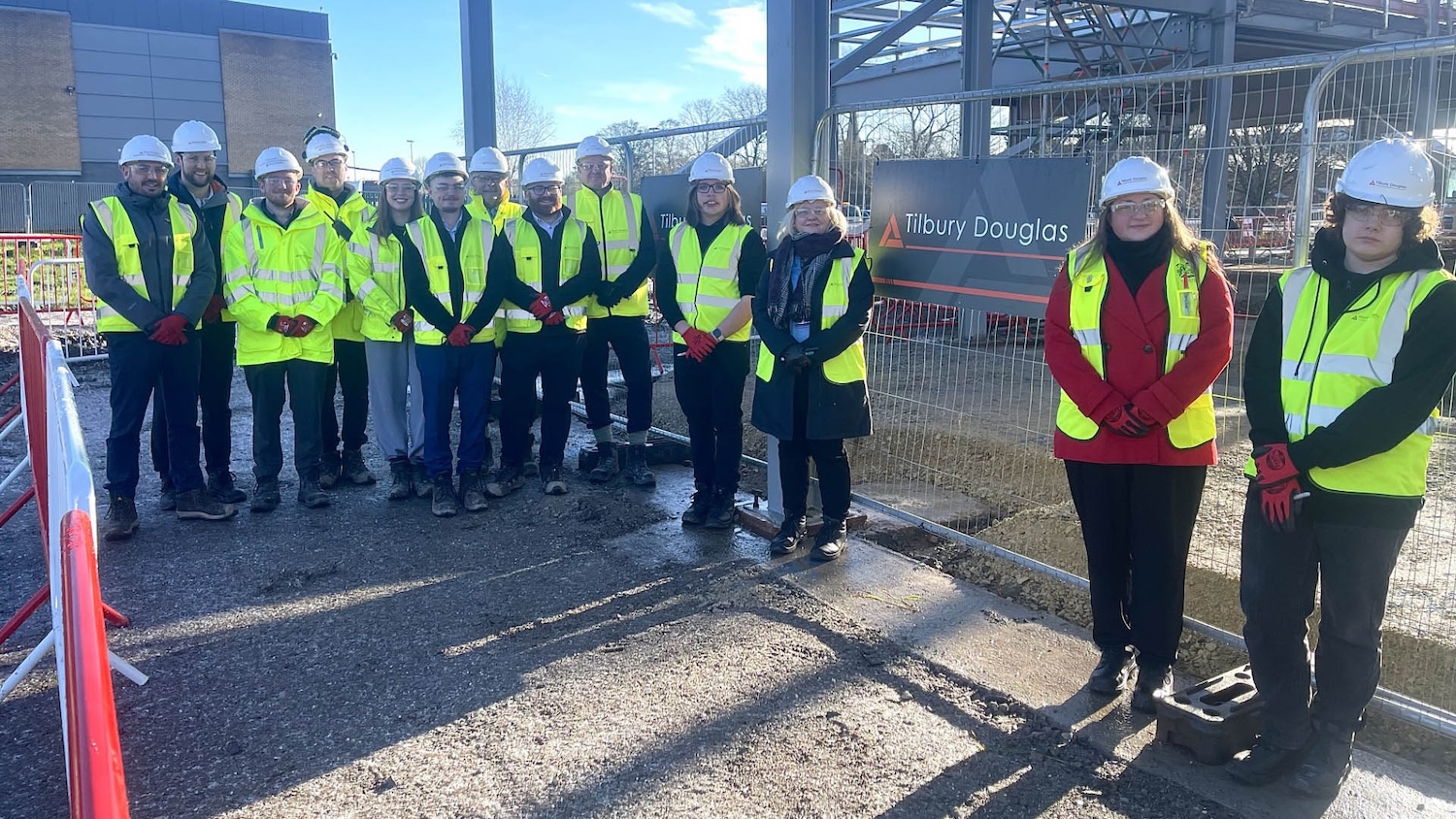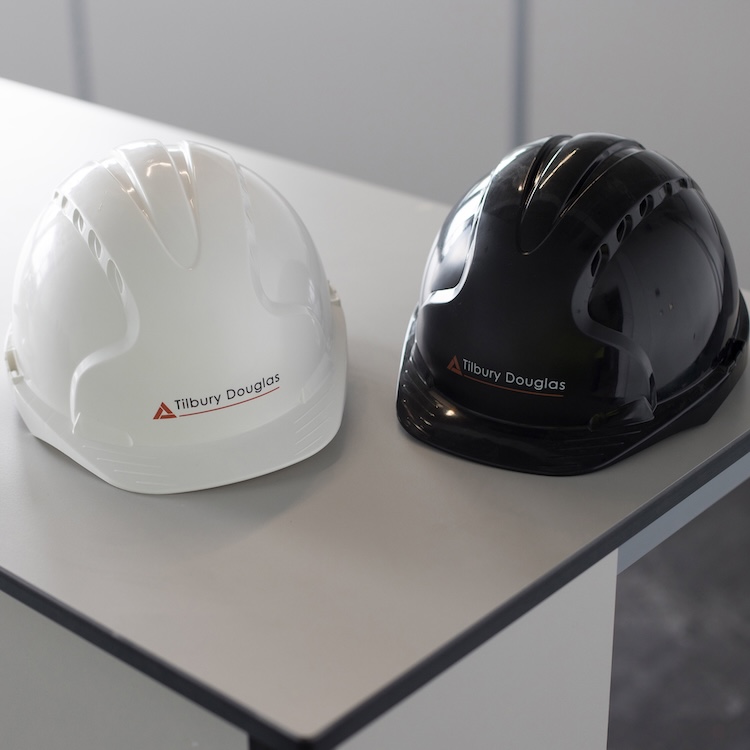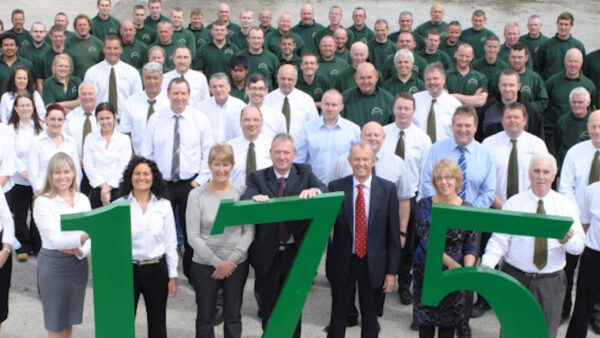
New building safety regulations have demanded that companies demonstrate competencies across their workforce. For Tilbury Douglas, it’s been a prompt to revisit its skills evidence across the board.
The introduction of the Building Safety Act marks the biggest reform of regulation for the construction industry in the past 40 years, and it was a key opportunity to assess the skills and competencies within our workforce.
Historically, our data had been kept regionally and it was challenging for me to have a full overview of when certification might expire and where there might be gaps in training.
We needed to be able to see the whole picture in order to work most effectively.
The key elements of the Building Safety Act are being able to demonstrate a commitment to professionalism through:
- Gaining professional qualifications in their chosen field of expertise
- Completing accredited training courses
- Demonstrating relevant work experience.
At Tilbury Douglas, we always have a strong commitment to professionalism, and we didn’t just want to meet these new levels of accountability; we wanted to exceed them wherever possible.
Aiming high
We knew that all of our staff needed to have some level of knowledge around the new regulations and, as such, we’d rolled out a scheme of e-learning.
In our efforts to go further, we wanted to link our job roles to external standards so we could ensure that staff were meeting mandated skills levels.
The training budget for an organisation of our size is huge and there is always a danger that an individual or team is sent on a course just because it’s available.
We knew that focusing on the core skills needed for each role, and identifying the competencies for defined career pathways, would make training more efficient
We knew that focusing on the core skills needed for each role, and identifying the competencies for defined career pathways, would make training more efficient both for us as a business and for our staff.
With a workforce of more than 1,300 people, there’s a great deal of data involved and we needed an effective competency management tool to help us achieve our aims.
We’ve been developing a tailored system with Comaea that has transformed how we are able to manage and oversee our workforce development.
A proactive approach
The new building standards regulations have given added weight to our efforts to minimise certification expiry.
It’s costly when these become out of date because staff have to take significant time off site to complete a full new training course.
We can now be proactive in checking our records so we’re ahead of the game and can anticipate expiry dates.
It means that often refresher courses are all that’s required, saving both time and money, and making us more efficient.
Being able to demonstrate certified competencies is also key in winning new business. We can interrogate the system to get a full picture of the talent we have and how that would support a bid.
We can add individuals’ work histories and experience, meaning we can easily identify the right people to deliver our projects.
Grow your own
Recruitment is an ongoing challenge. We, like many businesses in the sector, have been looking at ways to enhance career development, give our staff room to grow and control over the direction of their careers, as that increases the likelihood of them staying with us.
Personal development has become much more of a two-way conversation. Colleagues can come to us and discuss the training they’d like to help them move forward in their career development pathway, but it doesn’t always have to be formal learning.
Career development might involve exposure to other areas of the business. For example, we had a staff member who was expert in their role but who hadn’t had experience of working on healthcare projects.

Career development might involve exposure to other areas of the business
We were able to organise a placement in that sector in a different part of the business for them to gain experience that they could then take back to their region, opening opportunities for that area to expand into another sector.
These new abilities are key in enabling us to ‘grow our own’ and hold on to the expertise we’ve invested in.
Our senior management team is keen that we recruit from within and that could be from different regions or across different parts of the business.
We use the information gathered to link with our internal talent groups to identify potential successors and open development opportunities around the business.
We’ve been pleasantly surprised at how strong user buy-in has been.
It helps that staff can access their records on their work laptops or phones, they can upload past certification themselves, and they can see where they are and where they want to be.
We have taken it one step further and have now integrated our learning and development systems so that any sessions completed or attended update in the system overnight, giving users everything in one place.
Our next step is to bring over our personal development tool by the end of this year, so people can see any gaps in their competence or development opportunities.
They will then be able to create development plans for the year ahead, all of which can be tracked.
Beyond the frontline
Our focus is now broadening out to include the central functions. We’re bringing HR, finance and even the executive team onto the system.
These all now have mandatory learning programmes listed as key competencies as well as mapping job roles against external professional bodies.
For example, our HR team is mapped to the CIPD competencies, meaning our career development goes beyond the frontline.
One colleague who moved from a personal assistant role into our learning and development team felt able to do this as they could see how their skills and experience matched the job role, while their gaps for development were clearly outlined.
With most of our staff on the system, competency management is a challenge but one that’s become a great deal easier.
We have confidence that we have the correct people in the correct roles and that their skills are appropriate and meet industry standards.
That means we can evidence the quality and value of our workforce and give our customers confidence too.
Julie Curtis is learning and development manager at Tilbury Douglas.
Comments
Comments are closed.










In fairness TD have always had a great career programme and Its a credit to the business to identify competencies and training gaps, a “paper exercise” however it would be nice to see staff rewarded for achievements rather than select groups on “Halo” projects.